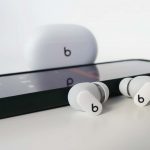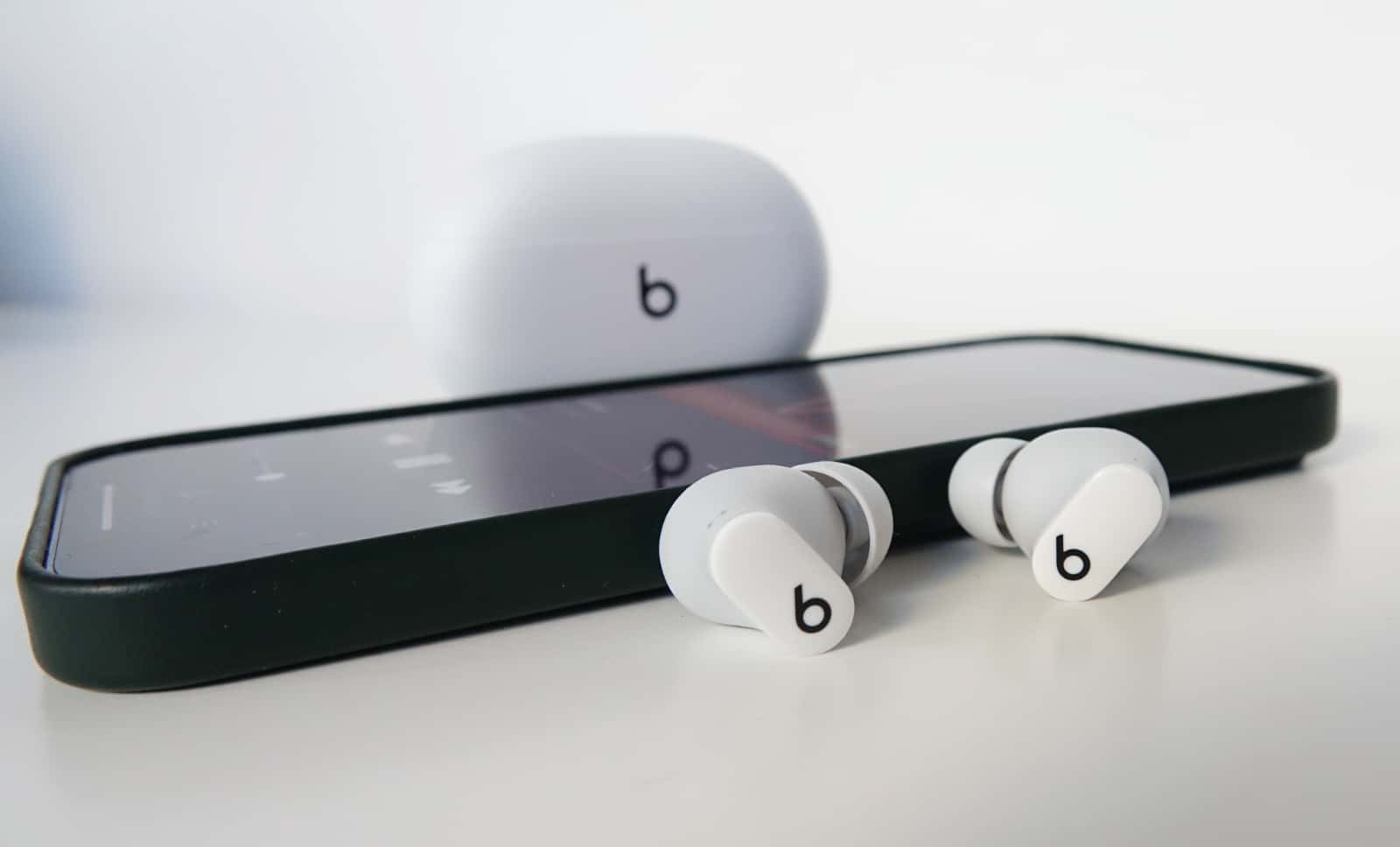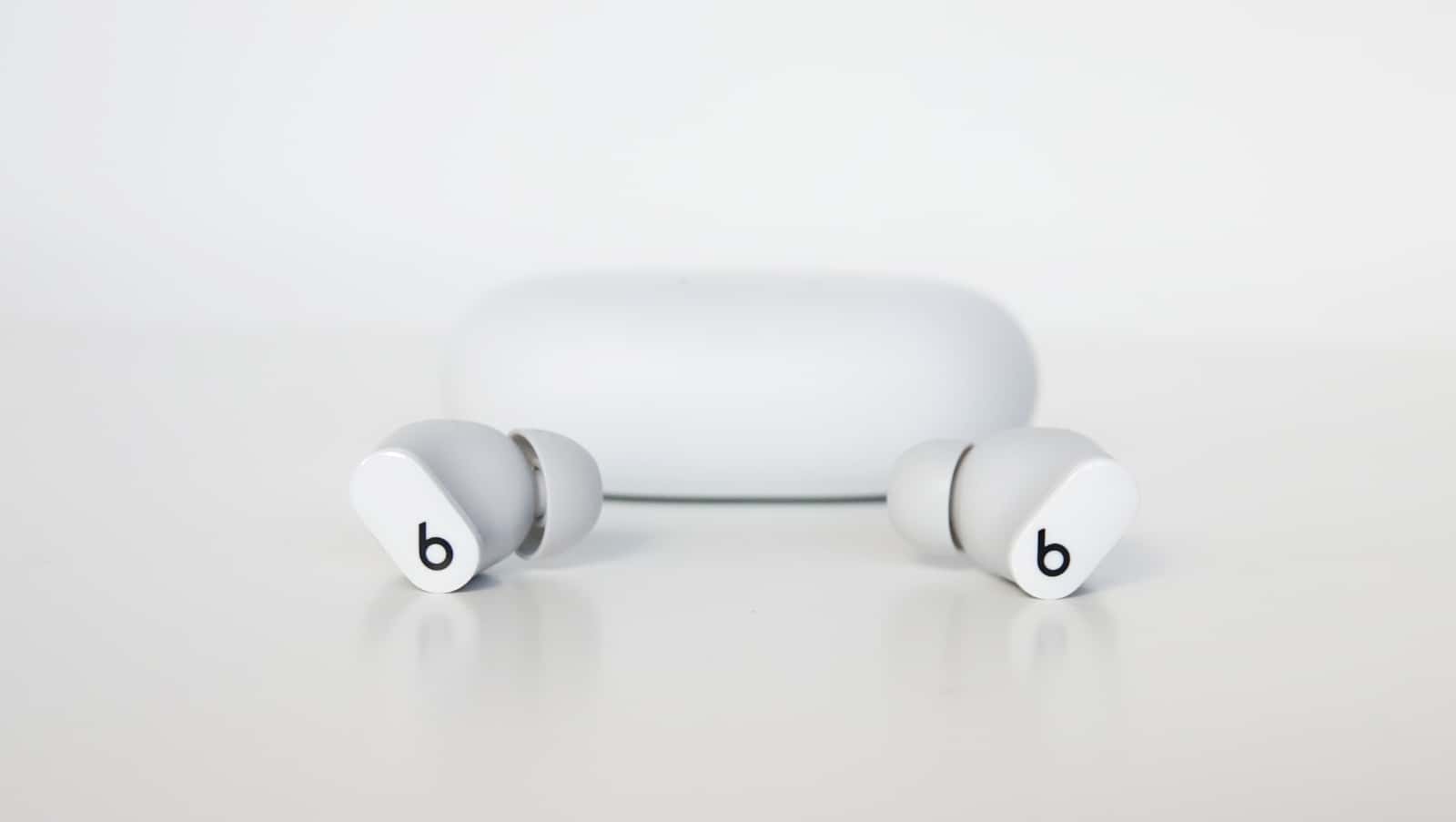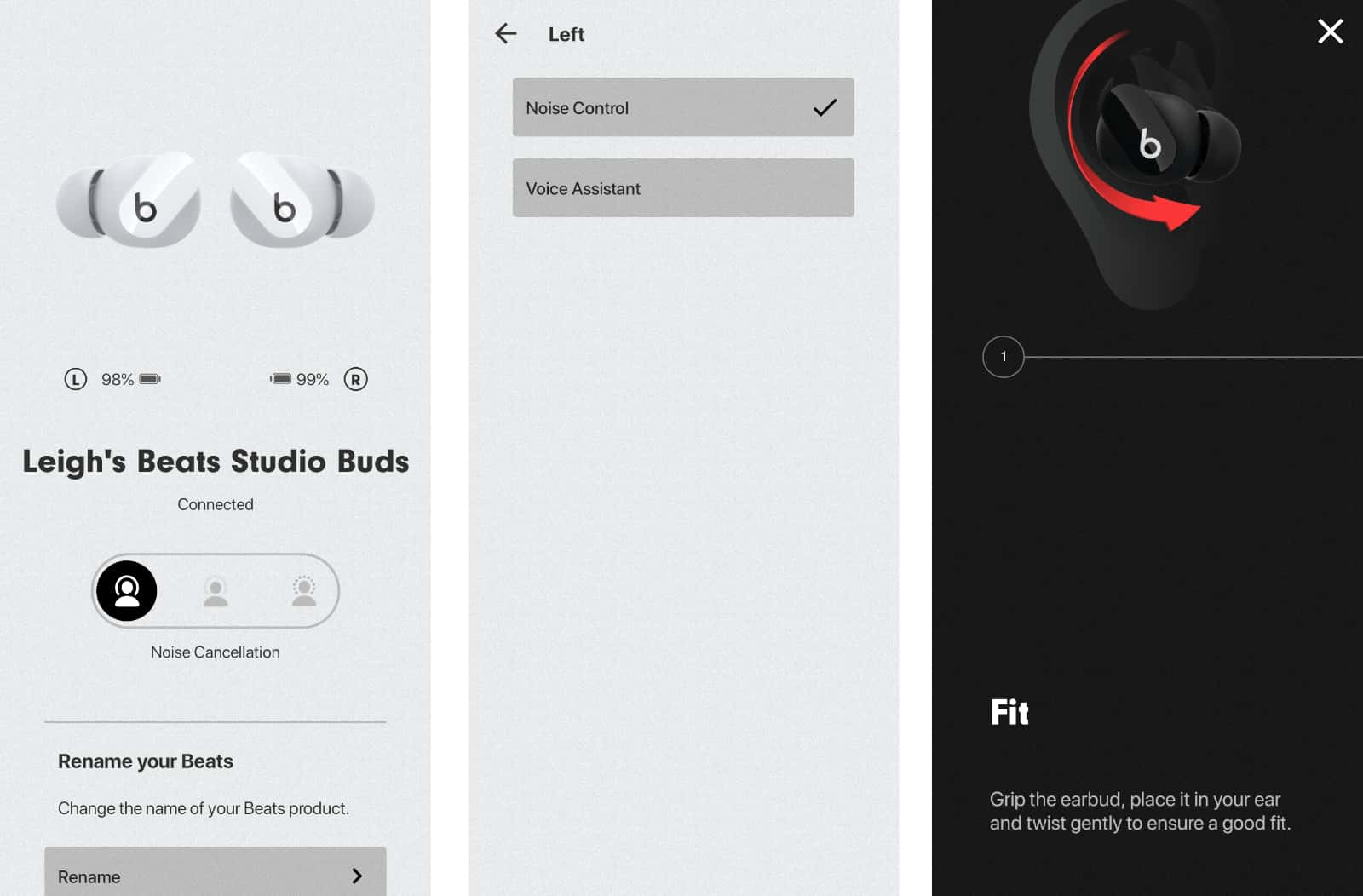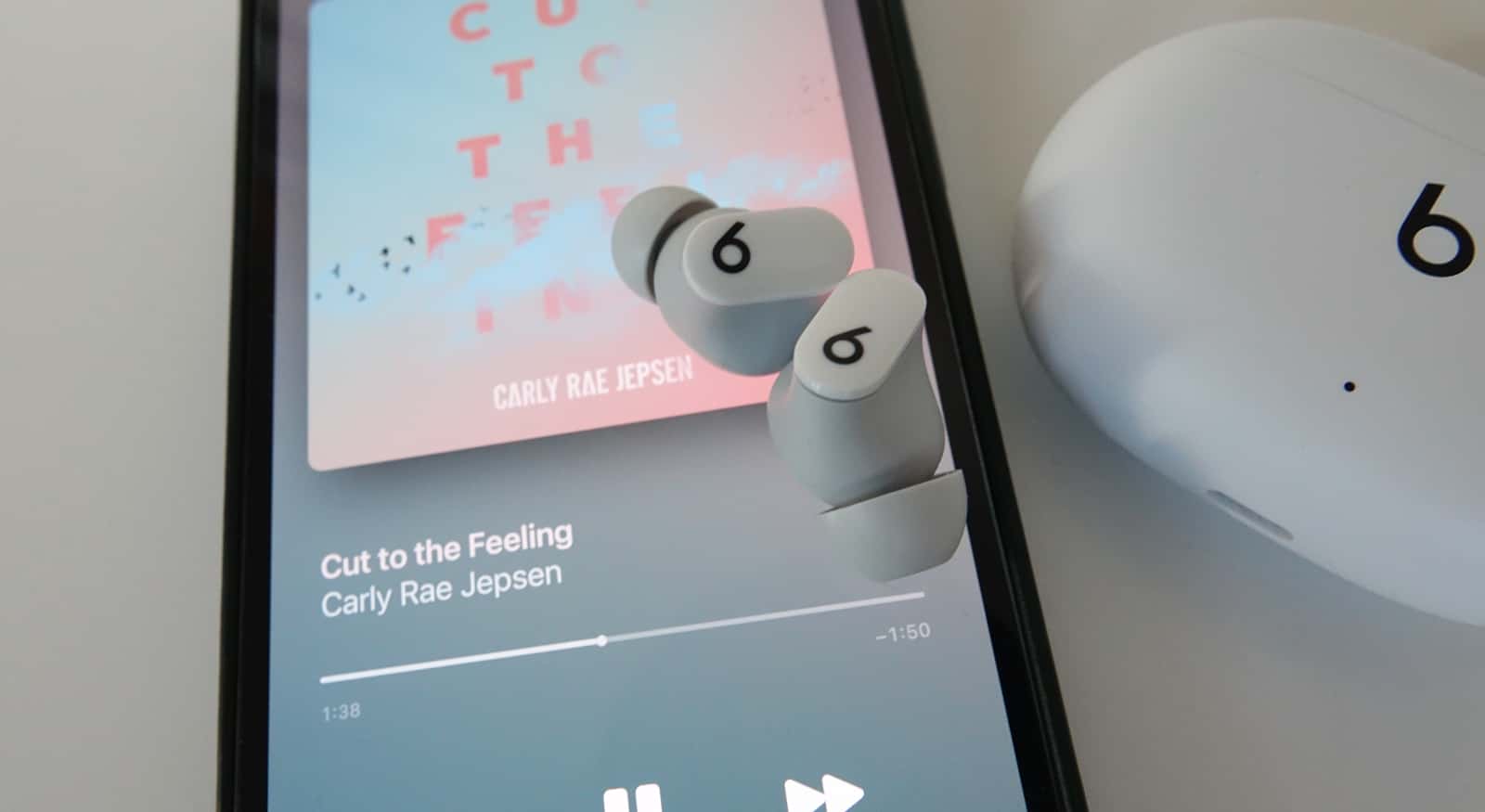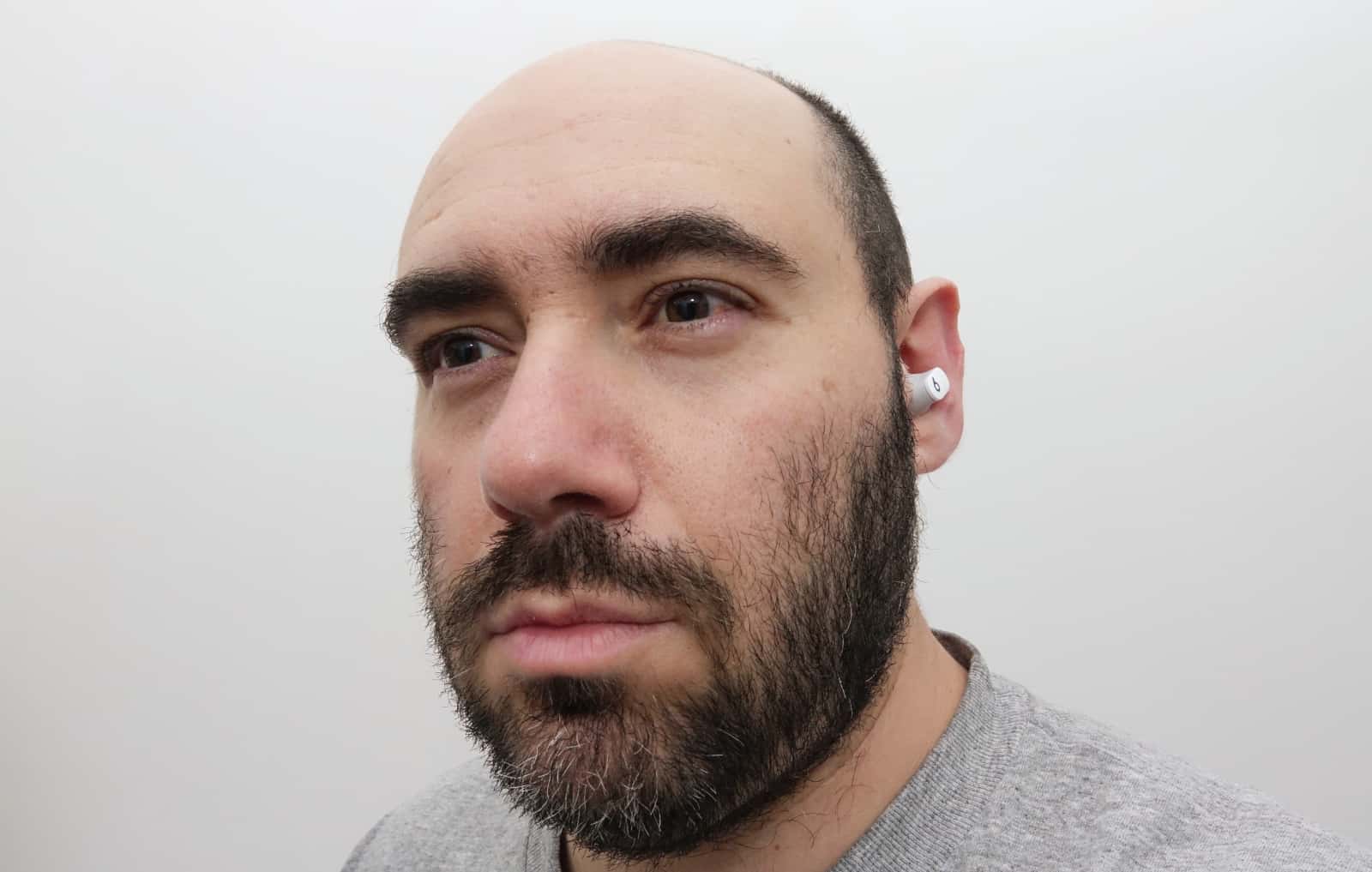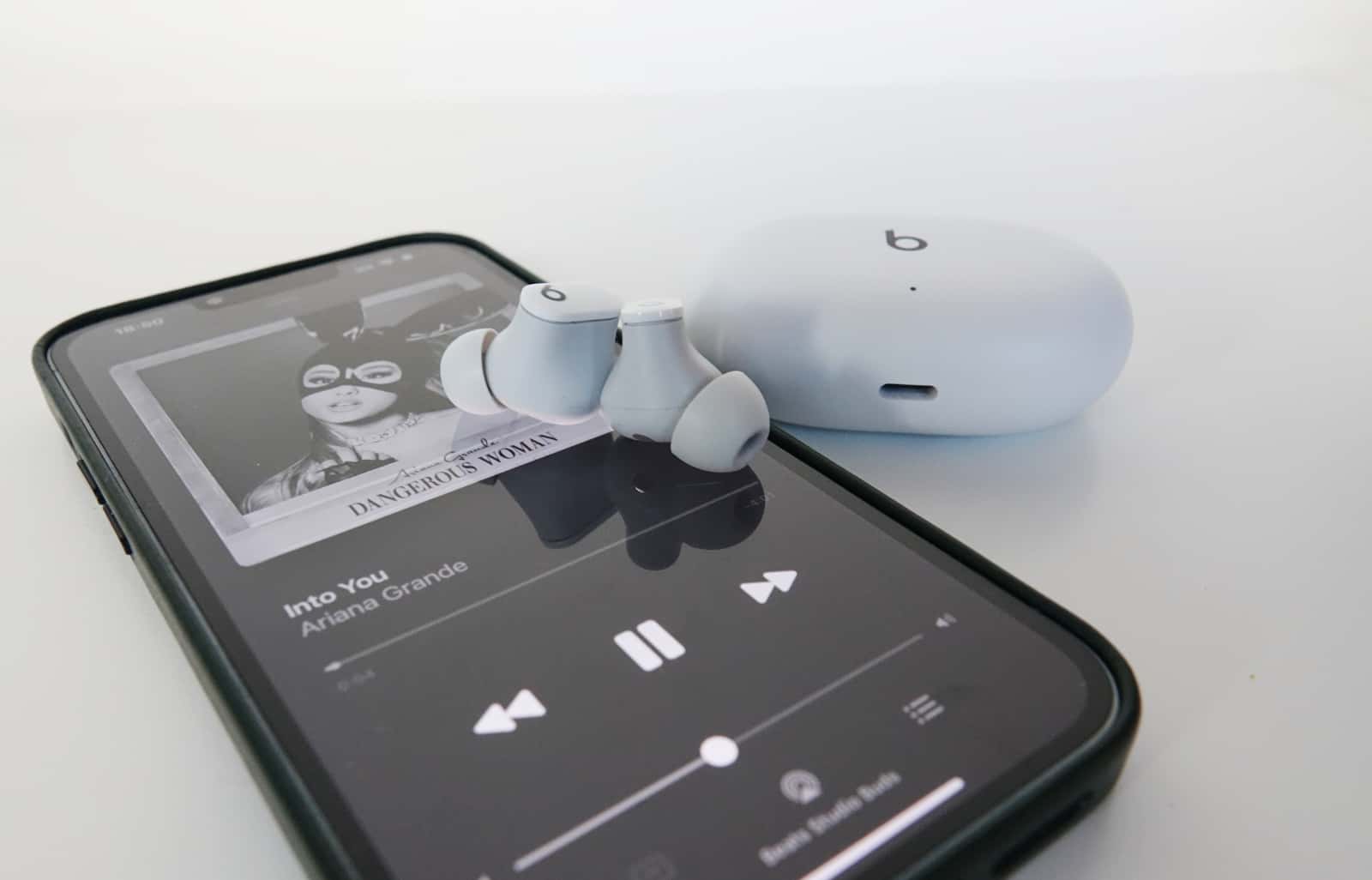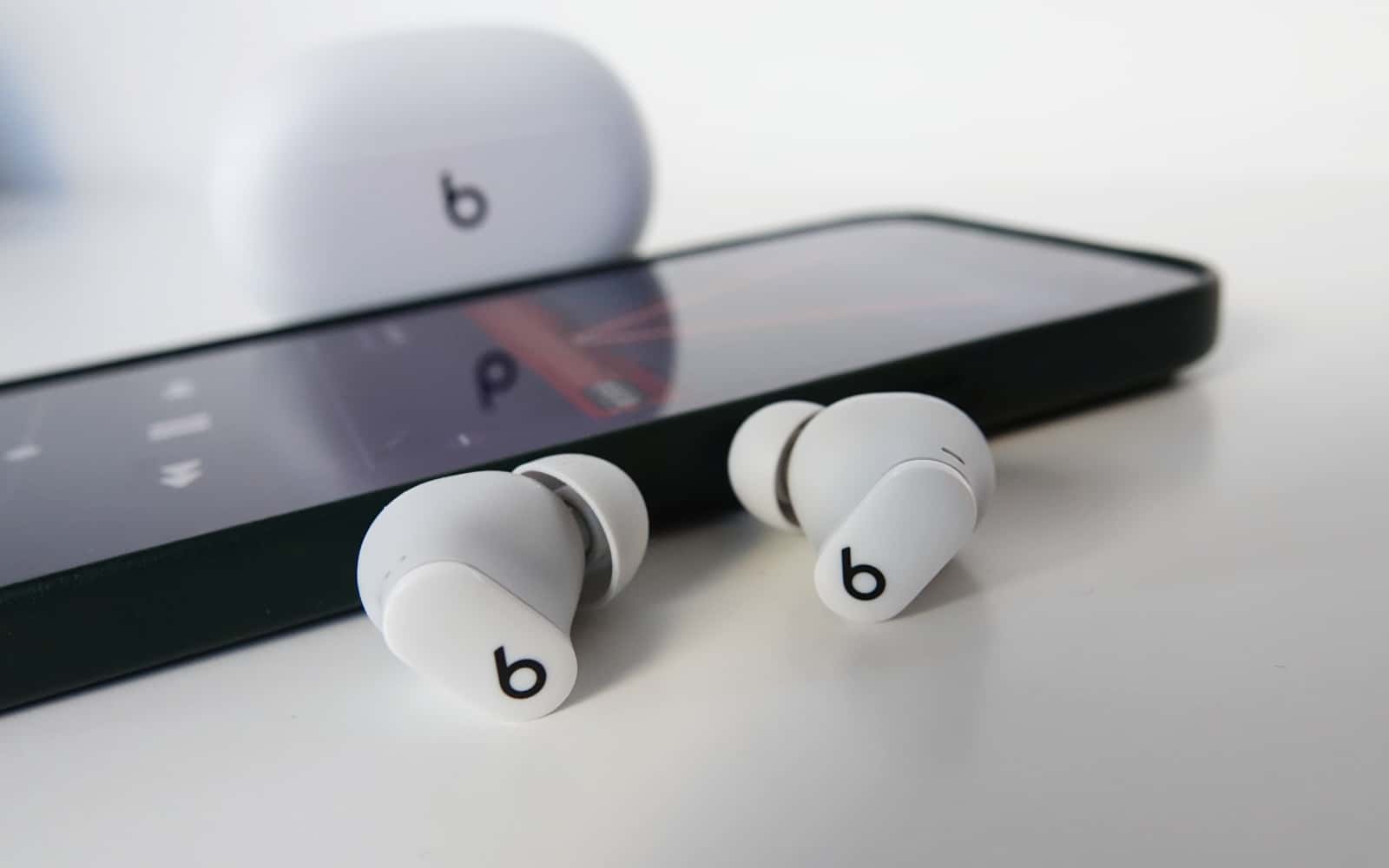Quick review
The good
The not-so-good
If the noise cancelling feature of the AirPods Pro grabs you but not the $399 price, the $199 Beats Studio Buds could strike the right balance of value and sound.
Now that active noise cancellation is becoming the norm, you can expect to find it in more places. The technology that takes a sound from the outside and matches it to one on the inside to cancel out the outside, it can differ greatly in versions, with the premium brands often giving a better noise cancellation than the ones that are less premium.
However noise cancellation is just part of what you pay for. While you’ll typically you need to spend over $300 to get premium sound and noise cancellation, things may well be changing, and in Beats’ latest take, the benchmark on value and quality could now hit the $199 mark.
Design and features
A little bit different from the regular earphone design imitating the AirPod and its stem, Beats’ Studio Buds are actually much, much smaller.
No stem and barely much of a design makes the Studio Buds one of the smallest pairs you’re likely to see, and surprising given it comes from the Apple-owned Beats, because it looks nothing like the other earphones either company makes. It doesn’t sport the small bud look of the Beats Flex, nor does it have the over-ear clinging design of the Powerbeats Pro, and it doesn’t at all look like the headphones in either the Solo Pro or Studio 3, both of which are due for an update soon.
Rather, the Studio Buds look like someone had made a small earphone and then pinched the design at the end, because that is the design.
Sporting an ear-tip that pushes into your ear, the “b” of the Beats logo just slightly hangs out in that pinched section, with a small push button at the back.
It’s a look that isn’t something we’re used to from Beats or Apple, but it has size nailed, making for a small take on earphones from the company with no cords or cables in between.
You’ll find IPX4 sweat resistance on the Studio Buds, making them good for a light run or if by chance you’re accidentally out in the rain, and while they’re earphones with mics and active noise cancellation, they also come with support for Apple’s “Find My”, so you can find them if you lose them, mapping them to your Apple ID, if you have one.
In-use
Using them, you’ll find a push button on either side, with each of these by default set up to hold down and jump between noise cancelling modes: on, off, or transparent audio to listen to the sound through them.
You’ll also be able control tracks, pausing or playing by pressing the button once, skipping to the next track with two presses or going back to the previous track by pressing it three times.
That’s the limit of how you use the Studio Buds, though you can remap the button from noise cancellation to the virtual assistant, small victory that it may be. However, it’s the only customisation victory you get.
The same lack of customisation exists on both Android and iPhone, even with the Beats Android app, so it’s not so much that you’re limited on Android or iOS, but rather on both.
Fortunately, they’re comfortable and hold quite well in the ear, with the ear-tip style proving a good formula if you’re comfortable with silicone tips that don’t go too far and hold firmly in position, distinct from the earbud-style of the AirPods.
Performance
The most important aspect of the Beats Studio Buds isn’t the controls or even how they feel — they feel great, by the way! — but rather how they sound. After all, if a pair of earphones doesn’t make your ears happy, what is even the point?
To find this out, however, we turn to the Pickr Sound Test to put the earphones through their paces, and that starts with electronic
As always, that starts with electronic, where the sound of Tycho and Daft Punk gets a comfortable and detailed sound across the highs and mids, with a solid thwack of bass just underneath, but not overpowering the soundtrack. The delivery is spacious and clear, and we’re treated to just enough deep bass as we could want, helping us to feel the impact, but not feel that it’s overtaking us.
In poppier music, the punchy drums in Carly Rae Jepsen’s “Cut to the Feeling” bounces against the back, working harmoniously with the vocals and instrumentation, while Ariana Grande’s “Into You” doesn’t see you get lost in deep bass, which pumps consistently throughout the tune. There’s a strong balance here and a great working of a soundstage you can lose yourself in all too easily.
It’s a pretty consistent approach in all styles, with excellent separation in the old — in tracks by Marvin Gaye, Bowie, and The Beatles — while deeper and punchier modern tracks sound as good as those larger headphones made by Beats, but clearly on a smaller scale. Even the guttural bass we look for on FKA Twigs’ “Two Weeks” wasn’t lost in translation, with the sparse sound still clear throughout and resonating, while the deep bass pushed on through in the back. It didn’t overpower, it just sat alongside, like a companion letting you know “I’m here, you’re not letting go of me”.
In Rage Against The Machine’s “Take the Power Back”, that bass punched with every bass drum hit, while keeping the bass guitar clear and detailed, a result that shows us just how flexible and versatile these earphones are.
And that’s what we experienced: regardless of what we were listening to, the Beats Studio Buds delivered a balanced and detailed sound easy to get into for anyone.
The noise cancellation was a little under what we expected, allowing the sound of traffic to come through and not quite delivering the high-end approach to cancellation. It’s a shame, too, as the Beats Studio 3 headphones used an adaptive form of noise cancellation to measure and cancel out the noise of the world, and that’s not what’s here. Rather, the active noise cancellation can feel a tad restrained, simply giving you ANC on, ANC off, and a mic-on transparency mode.
They’ll block the hum of engines, but isolating yourself from wind is less of a thing here, and while the $200 price tag puts them well away from the best-in-class performance of the Sony WF-1000XM4, we’re still hopeful for just that little bit more.
Battery
Fortunately, Beats makes up for it with some of the battery life, offering up to eight hours when listening to a pair, even if the case only offers a couple of extra charges.
Officially, there’s up to 24 hours in the case and up to 8 in the earphones, which means it’s an 8+16 setup, and basically means only enough room for two big charges, a little under the three we typically expect.
That’s not terrible battery life, mind you, just under where we expect. It should last people several days of use without any dramas, and the support for a Type C cable means these days it’ll be quite easy to charge.
Value
The price is also surprisingly solid, with the Beats Studio Buds offering noise cancellation for just under $200 in Australia, half the price of Apple’s AirPods Pro, which are also noise cancelling in-earphones designed by an Apple company.
Beats is owned by Apple and not technically the same, evident through the different designs and the sheer fact that Beats earphones even get an Android app, while Apple’s do not. But as far as pricing goes, roughly half the cost for an AirPods Pro competitor technically made by the company that makes the AirPods Pro is a surprising win, even if these aren’t as feature-packed as other earphones.
What needs work?
That may end up being the main problem if the Studio Buds, because while they’re a premium product with value, they lack all the niceties you might expect with a set of earphones made by Apple.
For instance, there’s no Apple-designed Bluetooth chip here to let you jump from iPhone to iPad to MacBook and so on.
Depending on the earphone of choice, that’ll be a W or H series chip from Apple, something we’ve seen in Beats products prior. Yet that’s not here.
While the Beats Studio Buds will work on an iPhone, iPad, Mac, Windows PC, or Android phone — anything with Bluetooth, really — that automatic switching afforded to Mac and iPhone users doesn’t happen. In fact, sometimes the iPhone we used for testing didn’t automatically go to the Studio Buds when we picked up the call, a bug in the iPhone we’ve seen reviewing earphones from brands not Apple. It’s an easy fix, and one that owners of other wireless hearables have probably seen using an iPhone, but also one that surprised us.
In short, the Studio Buds may feel like they’re a Beats product, and Beats may be an Apple company, but these couldn’t feel any more different. They’re the most distant from Apple’s approach to premium earphones we’ve seen before.
And you’ll find that in the lack of other premium features, such as the lack of wireless charging in the case, the basic level of noise cancellation, and the almost no customisable controls save for picking whether you have noise cancellation or a voice assistant regardless of the operating system you use.
If Beats could make a basic noise cancelling earphone into a premium design, it would be this pair of earphones.
Final thoughts (TLDR)
And yet there’s still something worth talking about in the Beats Studio Pro, because the argument here is primarily on value.
Over in Apple’s world, value isn’t always as obvious and upfront as you might like, as you might yearn for. Apple makes premium products, and “premium” and “value” don’t always play together in ways you could hope for. It’s the downside of premium, because when you make something of the utmost quality, it doesn’t always have to achieve an economic value, a true #firstworldproblem for sure.
While Beats used to represent the same premium headphones Apple now makes, in recent years, the audio-only company has kind of taken a backseat. It’s been years since a new pair of Beats Studio Headphones arrived, and the Studio Buds are the closest we have. They’re not quite the same, mind you: the audio quality is strong, but the noise cancellation doesn’t feel as capable.
But they’re different again. Apple now makes a premium pair of headphones, the AirPods Max, and it may not need Beats to fill that gap. Instead, Beats can be used for something else: driving value. We saw a bit of that in the Beats Flex, with the company delivering the lowest price for its earphones yet, and the Studio Buds feel like an extension of that, offering noise cancelling earphones for half the cost of Apple’s.
They sound great, too. If you can live without the extra premium features of automatic computer switching, remarkable noise cancellation, and wireless charging in the case, the Beats Studio Buds represent value from a premium brand. The Studio Buds may even edge out the value argument from Apple’s AirPods, which now in its third generation offer no noise cancellation for $279. At $199, the Studio Buds seem like a bargain by comparison.
That leads you to where the Studio Buds kind of hit their target: they’re premium priced well, but missing all the extra niceties you expect in premium. For many, that’ll be fine. For many, the Beats Studio Buds will be as close to an almost-AirPods Pro as they could want.
Ultimately, if you’re after a pair of in-earphones that are compact, sound great, and offer a little bit of that isolation you’ve been hearing about in noise cancellation, the Beats Studio Buds as easily worth a look, finding a balance between value and capability not every brand manages to achieve.
